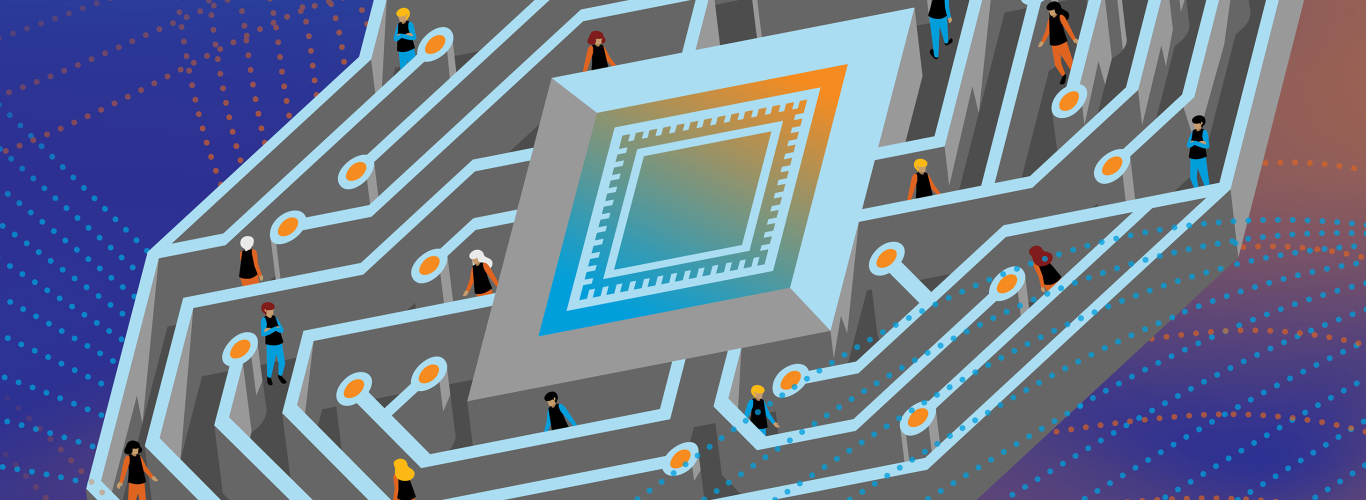These are particles that carry a quantum property called strangeness. Some fundamental particles have the property known as charm!

Writers, gear up for our last chapter! Quantum Shorts returns with a final open call for flash fiction. The contest is free to enter and is accepting submissions until 8 January 2024.
The challenge for writers is this: craft a story no longer than 1000 words that takes inspiration from quantum physics. The story must also incorporate the phrase “nobody said this was going to be easy”.
The phrase comes from a quantum researcher in "Helping Hands", the last story to claim first prize in Quantum Shorts. In that story by Cora Valderas, the researcher was grappling with the unexpected outcomes of an experiment. Writers may empathise as they plot about the trials and tribulations of building quantum devices or the complexities and uncertainties that govern the quantum world.
Those who put the hard work in stand a chance to win prizes. On standby are a First Prize of USD 1500, a Runner Up prize of USD 1000 and a People’s Choice prize of USD 500. Up to ten shortlisted entries will also win a USD 100 shortlist prize and a one-year digital subscription to Scientific American.
“Humans love stories. That’s why we have supported Quantum Shorts for more than a decade. We were thrilled and surprised by all the ways writers got inspired by quantum physics in previous editions. Now we’re opening our final call, we hope to be amazed and astonished again,” says judge José Ignacio Latorre, Director of the Centre for Quantum Technologies (CQT) at the National University of Singapore.
Other distinguished judges will join him on the panel. Writers this year also need to impress physicist and popular science author Chad Orzel, science writer George Musser, author and editor Ingrid Jendrzejewski, speculative fiction writer Ken Liu, Senior Editor Leonardo Benini from Nature Physics, and writer and visual artist Tania De Rozario.
Quantum Shorts is organised by the Centre for Quantum Technologies at the National University of Singapore. We are grateful for the support of our returning international partners. Scientific American, the longest continuously published magazine in the U.S., and Nature, the international weekly journal of science, are media partners for the competition. Leading scientific institutions the Dodd-Walls Centre, the ARC Centre of Excellence for Engineered Quantum Systems (EQUS), the Institute for Quantum Computing (IQC), the Institute for Quantum Information and Matter (IQIM), QuTech, and the UK National Quantum Technologies Programme are scientific partners of the competition.
Enter your submissions to Quantum Shorts here. There are resources on quantum physics on our website and be sure to check the rules, too. The deadline for entries is 23:59 GMT, 8 January 2024.